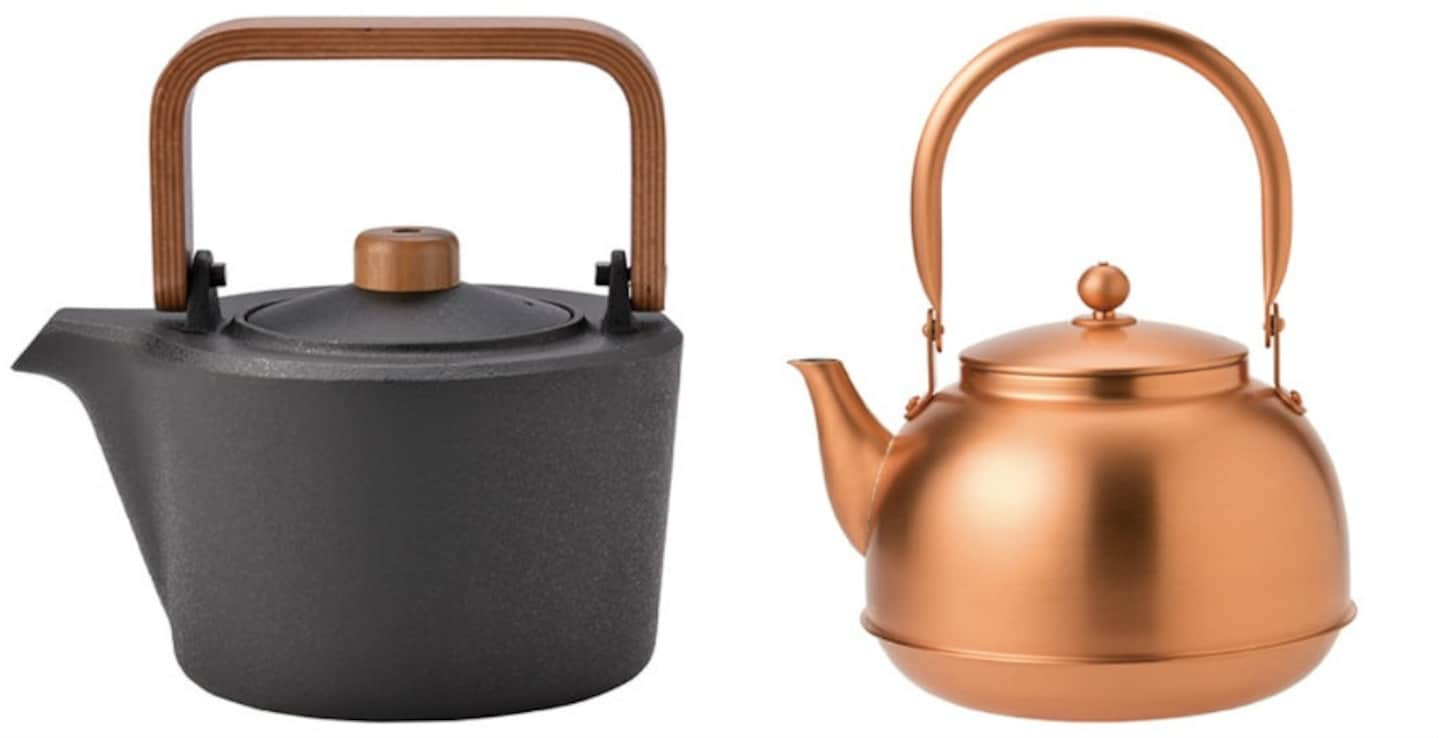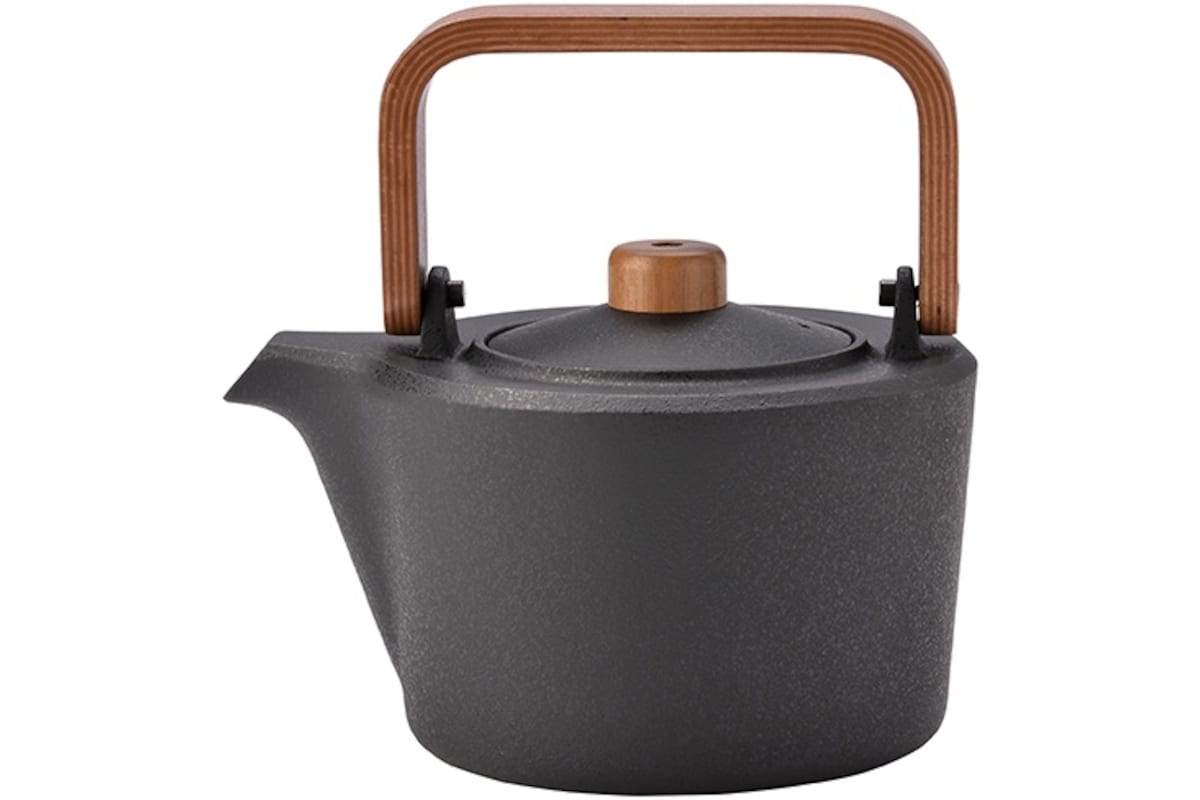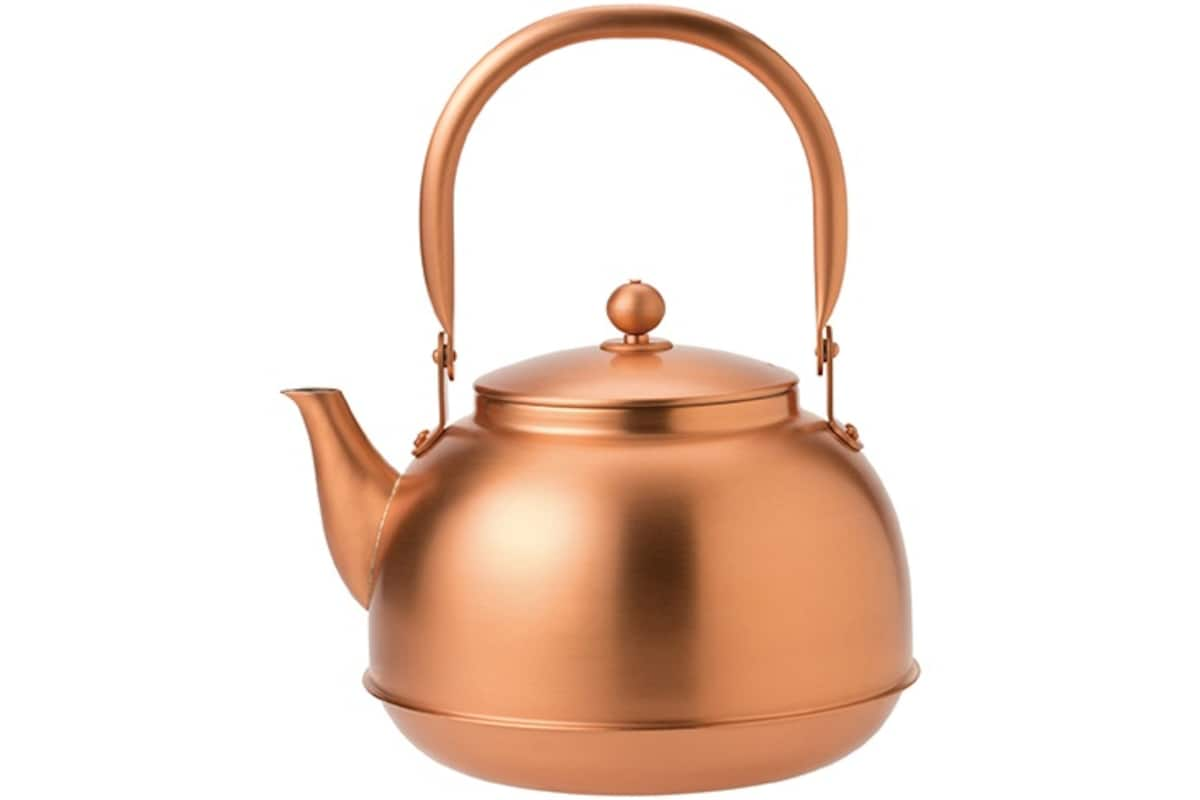4 Incredible Kettles
The materials and techniques (some spanning hundreds of years) for crafting the perfect teakettle vary depending on the region, but these four teakettles never lose out when it comes to aesthetics.
By AAJ Editorial Team4. Hirosaki Ceramic Teakettle Set (Aomori)
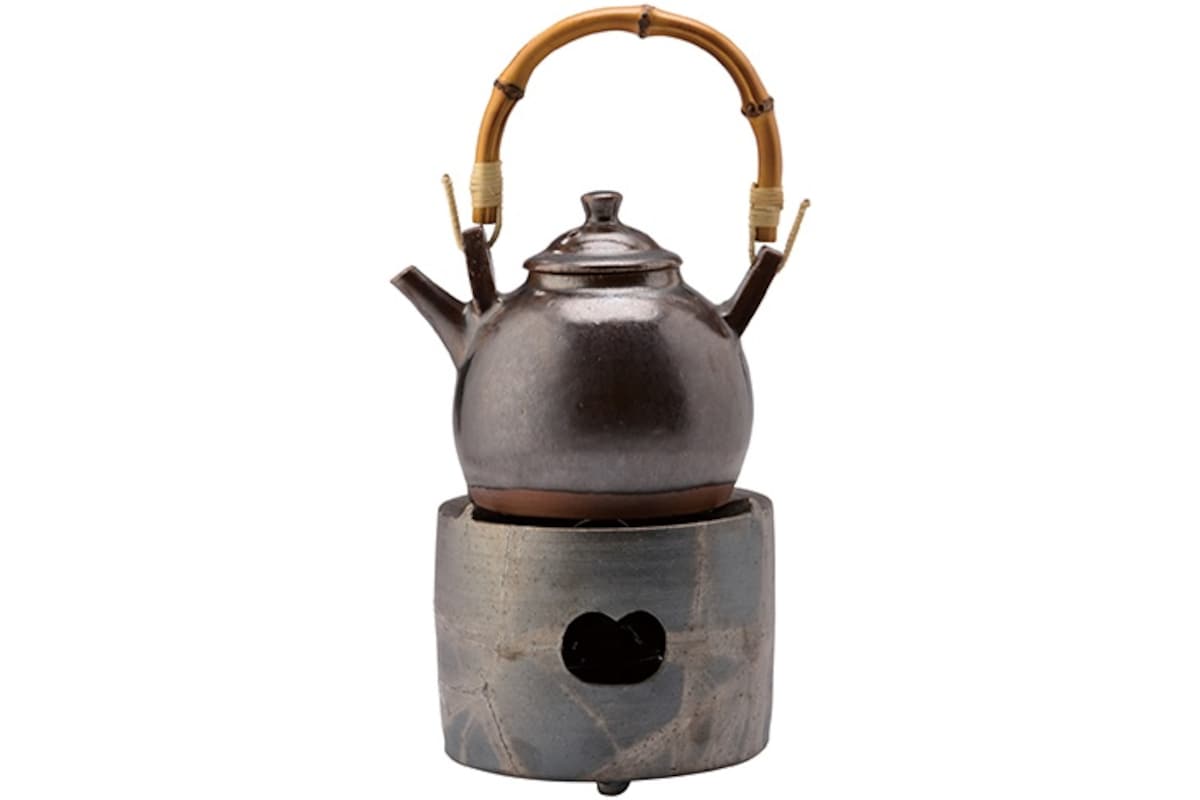
https://thewonder500.com/product/yuwakashi-kumimono-set-of-teakettle-fire-pit-and-spirit-lamp/?lang=en
This product is a true collector’s item since it combines in a single set a ceramic teakettle fired in the Tsugaru region of Aomori, a burner made in city of Hirosaki, Aomori Prefecture, and a spirit lamp.
The teakettle, which is not made of metal, ensures that the brew is free from impurities. The burner is made of local clay using the hidasuki firing technique that leaves specific marks called hidasuki or “fire cord decorations” that are imprinted on the surface of the pottery. The flame from the spirit lamp slowly brings the water to a boil, creating a relaxing and luxurious teatime ambiance. As the teakettle is ceramic, be sure you don't use it over a gas or electromagnetic stove.
3. Nambu Cast Iron Teakettle (Iwate)
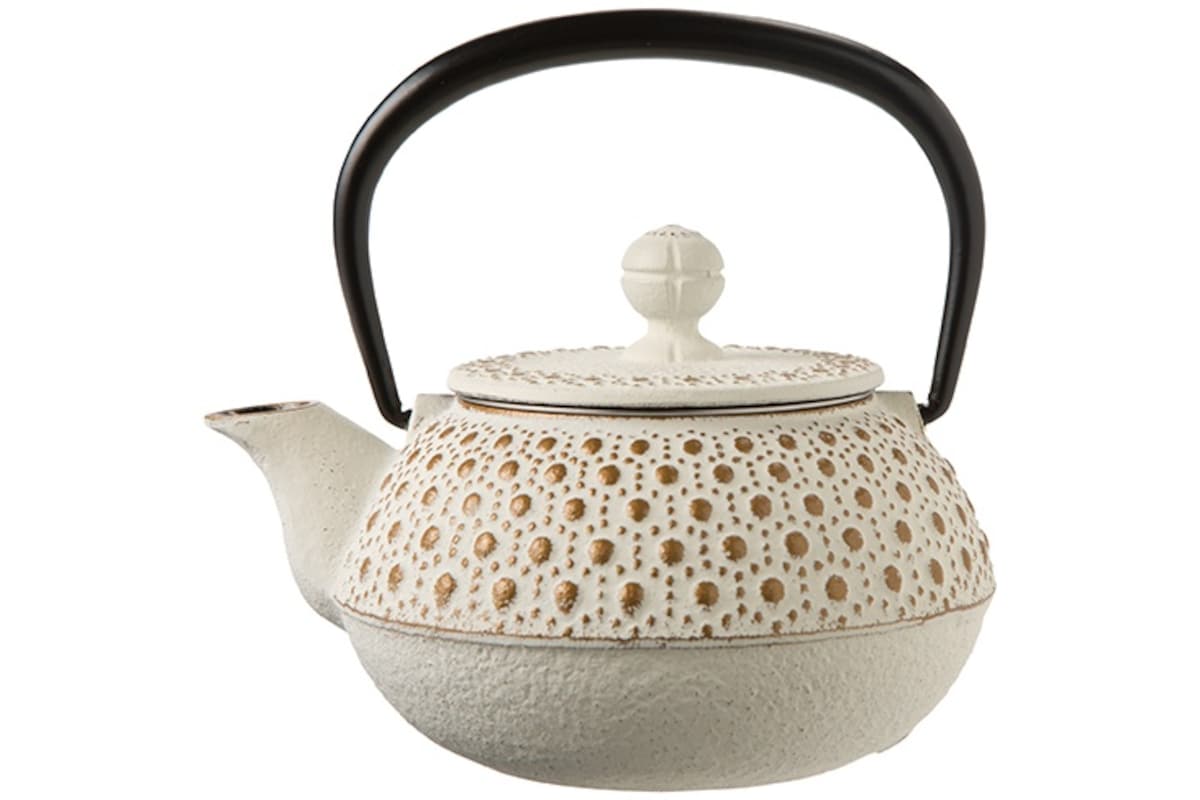
https://thewonder500.com/product/nambu-tetkki-color-pot-chamomile-no-3-colored-iron-tea-pot/?lang=en
Nambu tekki (Nambu cast iron), a traditional craft item of the Nambu area of Morioka City in Iwate Prefecture, boasts some 400 years of history. The interior of this teapot is covered in an enamel coating, and its colorful and modern pattern makes it an object of beauty. This teapot is much loved for its functionality, namely, its excellent ability to retain heat, and its durability, as well as the unique and earthy warmth projected from its casting surface. This groundbreaking product has skyrocketed Nambu cast iron onto the world stage.
2. Imono Cast-Iron Kettle (Yamagata)
With a history spanning over 950 years, Yamagata cast iron is a traditional craft of Yamagata Prefecture that has been used in making teakettles for chanoyu (tea ceremonies). It is characterized as usuniku-birei. Usuniku—literally meaning "thinly sliced meat"—refers to the walls of the pot, which are so thin that they resemble thin cuts of meat. As for birei, the term means beautiful or gorgeous, and refers to the beautiful casting surface of the teapot.
This Imono kettle combines a cast iron body with a plywood handle and knob. Using wood for the parts that people touch with their hands makes it easy to handle, while also giving the kettle a softer image. The bottom of the kettle is flat so it can conduct heat better and can be used on induction stovetops.
The inside of the kettle is unglazed, and a traditional staining method is used to bake lacquer onto an oxide coating. Iron kettles made in this way can boil delicious, smooth-tasting hot water that's rich in iron. It is a superb item both in terms of aesthetic design and functionality compared to traditional cast iron teakettles.
1. Niigata Copper Teakettle
The copper teakettle, or do no yakan, was created through a collaboration between Azmaya Co.—a company whose products are made by skilled Japanese craftsmen—and Shinkoudo, a copperware maker based in Tsubame City in Niigata Prefecture.
As copper is a good conductor of heat, has antibacterial properties, breaks down chlorine, and is gentle on the body, it is one of the best metals for cookware. Also, if cared for properly, this product will remain in good condition and can be used for a long time. You might never need to buy a kettle again after purchasing this copper kettle!
Although new copper products are a shiny reddish-golden color, they become oxidized as they’re used, and thus become darker in color. However, this does not mean that your kettle is deteriorating, but rather that it’s maturing, and as its color evolves, it will slowly become accustomed to your cooking habits. Personifying inanimate objects (a technique particular to Japanese craftsmen) by having this kettle mature over time adds an element of fun to brewing tea.


